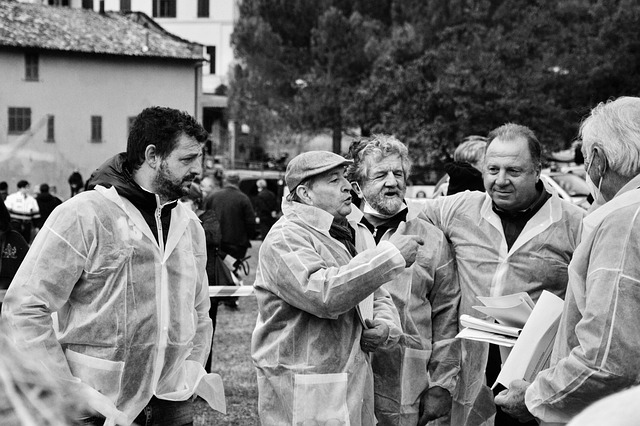Estate distribution involves dividing a deceased individual's assets fairly and legally among heirs and beneficiaries. It requires interpreting wills or trust documents, understanding personal dynamics, and navigating complex legal frameworks that vary by jurisdiction. Engaging experienced legal professionals is crucial for compliance, mitigating disputes, and ensuring a smooth transition. Proactive planning, open family dialogue, and strategic asset allocation through trusts can streamline the process while preserving harmony among beneficiaries. Early communication about financial wishes and engaging professionals are key to overcoming challenges in estate distribution.
In ensuring a legacy that reflects one’s values, proper distribution of estates and assets is crucial. This comprehensive guide delves into the intricacies of estate distribution, providing insights on the basics, legal considerations, and practical strategies for smooth transfers. From understanding the foundational principles to navigating common challenges, we explore how to achieve fair and efficient distribution, preserving peace of mind for both the deceased and their loved ones.
- Understanding Estate Distribution: The Basics
- Legal Considerations for Fair and Efficient Distribution
- Strategies to Ensure Smooth Asset Transfer
- Common Challenges and How to Overcome Them
Understanding Estate Distribution: The Basics

Estate distribution is a crucial process that ensures the fair and efficient allocation of an individual’s assets and property after their passing. It involves a comprehensive understanding of the deceased’s wishes, legal requirements, and the potential tax implications associated with transferring ownership. The primary goal is to honor the testamentary instructions while adhering to legal formalities to provide a seamless transition for beneficiaries.
This process begins with interpreting the will or trust document, which outlines how the estate should be divided among beneficiaries. It requires careful consideration of various factors, including personal relationships, financial dependencies, and specific instructions left by the decedent. By meticulously following these guidelines, estate distribution ensures that each heir or beneficiary receives their rightful share, fostering a sense of fairness and peace of mind for all involved parties.
Legal Considerations for Fair and Efficient Distribution

The fair and efficient distribution of estates and assets is a complex process, heavily influenced by legal considerations. These include understanding and adhering to relevant laws and regulations that govern inheritance and estate planning. Each jurisdiction has its own set of rules regarding will preparation, probate processes, and the rights of beneficiaries. Therefore, engaging experienced legal professionals is paramount to ensure compliance and mitigate potential disputes.
Moreover, legal frameworks often account for special circumstances such as dependent relatives, charitable donations, and tax implications. Estate distribution must consider these factors to be just and fair. Legal counsel can provide guidance tailored to individual situations, ensuring that assets are allocated according to the testator’s wishes while also meeting legal obligations and ethical standards.
Strategies to Ensure Smooth Asset Transfer

Ensuring a smooth transition of assets and estates is paramount for maintaining order and minimizing disputes among beneficiaries. One effective strategy involves thorough planning and documentation during the lifetime of the owner. Creating a clear, detailed will that clearly outlines intentions and designates beneficiaries can prevent misunderstandings. Regular reviews and updates are essential, especially after significant life events like marriages, births, or major purchases.
Additionally, establishing trusts can facilitate controlled distribution. Revocable trusts allow for flexibility during the grantor’s lifetime while providing instructions for asset management upon their passing. Irrevocable trusts offer more permanence but may require additional planning. Combining these strategies with open communication among family members fosters a collaborative environment, ensuring that everyone understands their roles and expectations in the estate distribution process.
Common Challenges and How to Overcome Them

Common challenges in ensuring proper estate distribution often stem from complexities surrounding assets, legal requirements, and personal dynamics. One significant hurdle is identifying and valuing all assets accurately, especially in diverse portfolios encompassing real estate, investments, and valuable personal items. This process demands meticulous record-keeping and professional appraisals to prevent disputes over asset ownership.
To overcome these challenges, families can implement clear communication channels early on. Open discussions about financial plans and wishes can help facilitate a smoother distribution process. Additionally, engaging experienced professionals like estate lawyers and financial advisors is crucial. Their expertise ensures legal compliance and strategic asset allocation, minimizing potential conflicts among beneficiaries.






